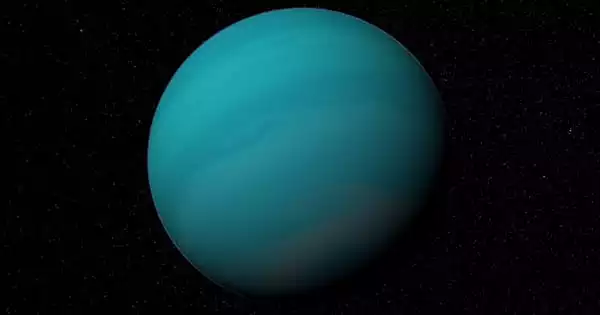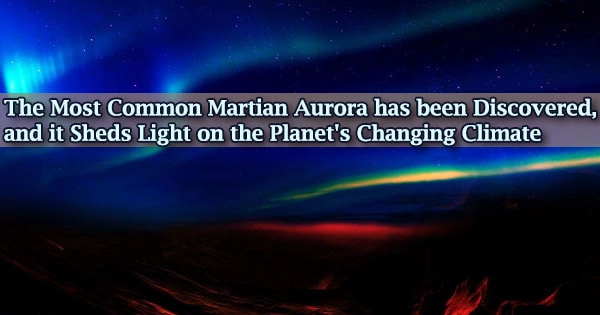For the first time, two of the approaches used by astronomers to detect planets circling other stars (exoplanets) have been combined. A planet has been discovered twice as far away from us than any previous world detected using the Kepler Space Telescope, thanks to a combination of data from the Kepler Space Telescope and gravitational lensing. By chance, it has a striking resemblance to Jupiter in terms of the traits we can observe. Kepler worked by checking the light from thousands of stars on a regular basis. The data was then sorted through by professional and amateur astronomers in search of frequent dips in brightness that might indicate planets obstructing a star’s light. Most stars beyond 10,000 light-years, on the other hand, are too weak for such dips to be seen in Kepler’s data.
Stronger telescopes may one day allow us to locate planets in the galactic center, but David Specht, a PhD student at the University of Manchester, experimented with a different strategy in the meanwhile. Specht and co-authors announce success in a forthcoming work in Monthly Notices of the Royal Astronomical Society (preprint on ArXiv.org, not yet peer-reviewed), confirming the idea and adding a new world to our databases. The fact that light bends around huge objects is used in gravitational lensing. When a huge enough object is properly positioned, it may operate as a lens, concentrating light from further away on Earth, just how a poorly positioned mass might distort the view.
Using gravitational lenses generated by galaxies, astronomers have been able to see considerably further into space than we could on our own. They’ve also found exoplanets using a technique known as microlensing. When a star passes in front of more distant stars and generates a temporary gravitational lens from our perspective, it is frequently preceded or followed by a much smaller lens, suggesting the presence of a planet. Giant telescopes on Earth have discovered planets thanks to microlensing, but Kepler also spent a lot of time searching towards the galactic center, where stars are densely crowded.
“The odds of a planet affecting a background star in this way are tens to hundreds of millions to one.” However, at the core of our Galaxy, there are hundreds of millions of stars. In a release, co-author Dr Eamonn Kerins of Jodrell Bank remarked, “So Kepler simply sat and observed them for three months.” Specht, Kerins, and scores of co-authors discovered five examples of planets buried in the data Kepler recorded in 2016. The team is certain that one of them, K2-2016-BLG-0005Lb, is real after combining Kepler’s observations (taken when almost as distant from the Earth as we are from the Sun) with ground-based data.
“The difference in vantage point between Kepler and observers on Earth allowed us to triangulate where the planetary system is positioned along our sight line,” Kerins explained. The other telescopes were needed for confirmation, but Kepler delivered the majority of the data since it was devoid of interference from daytime, clouds, and the atmosphere.
K2-2016-BLG-0005Lb is 17,000 light-years away and only slightly more massive than Jupiter, although orbiting its star at a same distance. However, the star is around 40% less massive than the Sun. Unfortunately, existing sensors can’t provide any further information on K2-2016-BLG-0005Lb, but the discovery is a rare example of a planet being discovered so distant from its star, where gas giants are assumed to originate first.
Currently available approaches heavily favor locating those with narrower orbits. The next Nancy Grace Roman satellite telescope will use microlensing to identify 1,400 planets around the galactic center, including 100 of Earth-mass. Previously, the Euclid space telescope, while designed for other reasons, is far more adapted to finding planets in this manner than Kepler. The fact that Kepler was able to locate even one gives scientists hope that future observatories will find many more.
















